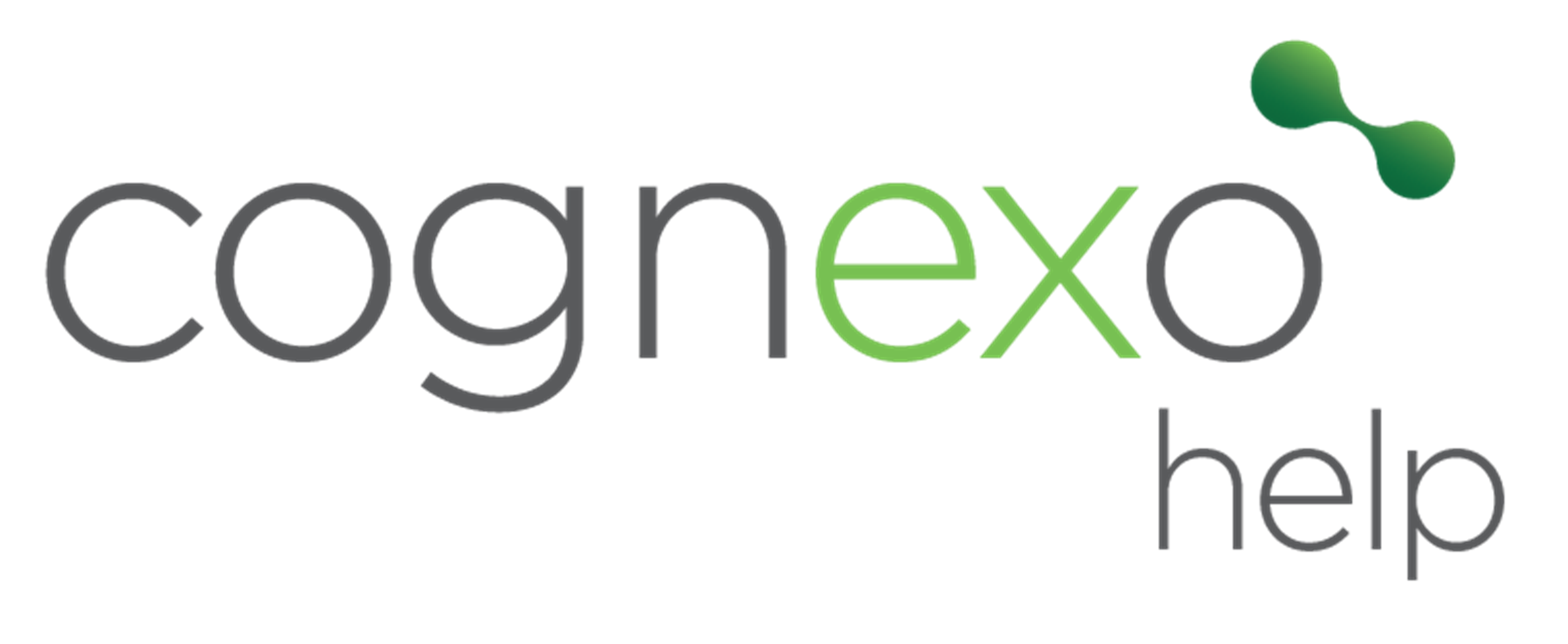How does the Global Content Scheduler work?
Content is sent to a user following a 2 phase delivery so we can ensure users can receive content in any timezone.
Phase 1: Create/Update Schedule for Evaluation
The first phase of the Content scheduling process determines when a user will be evaluated to receive content. This phase only schedules evaluations—it does not send any content or notifications.
Key Properties Evaluated in Phase 1:
- Timezone: Set on the user's account (e.g., Europe/London)
- Working Days: Defined by the company (e.g., Monday to Friday)
- Delivery Time: Set by the company (e.g., 9:00 AM), configured in the Admin Portal
Phase 1 Sync Times:
Any updates to the above settings are synced with the content scheduler at the following UTC times:
- 05:45 UTC
- 10:45 UTC
- 15:45 UTC
- 23:45 UTC
Phase 2: Evaluation of a User for Content Delivery
The schedule created in Phase 1 triggers the actual content scheduler, which evaluates each user at their designated time within a 15-minute window (e.g., if scheduled for 9:00 AM EST, evaluation occurs between 9:00 AM and 9:15 AM EST).
Key Properties Evaluated in Phase 2:
- User's Stack Status (is this user at full stack)
- Assigned Content Sets (what topics to send)
- Public Holidays (is this a public holiday where they should not be delivered content)
- Personal Holidays / Leave (is this user available to receive content)
Phase 2 Sync Times:
This phase runs continuously and determines whether a user should receive content based on the following criteria:
If the user is eligible, their content are immediately added to their stack, and notifications are sent based on their configured preferences (Email, Teams, Slack, Push notifications, etc.).
